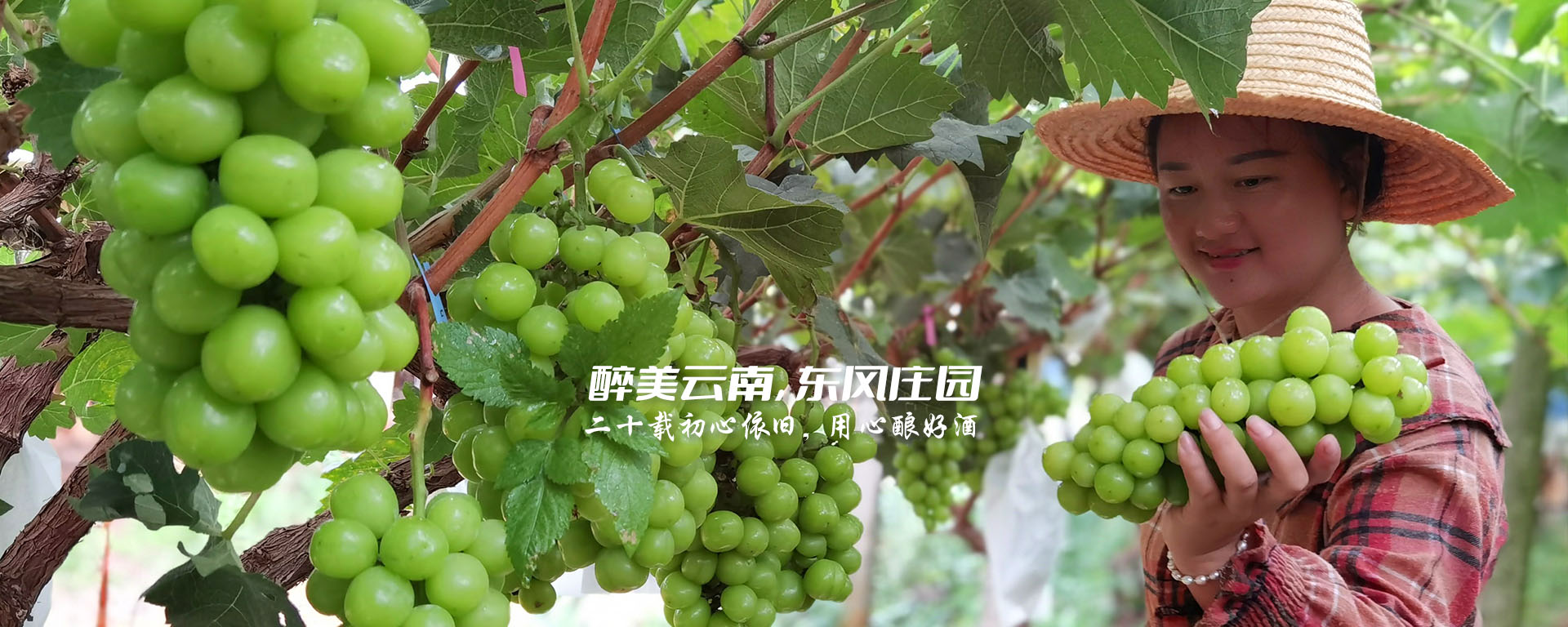
Analysis of the Color and Transparency of Wine
2023-09-04Wine is not just a beverage; it is a work of art. One of the key elements that contribute to the beauty and allure of wine is its color and transparency. These characteristics can provide crucial insights into the quality and age of the wine, as well as its overall appeal. In this article, we will delve into the analysis of wine color and transparency, exploring the factors that influence them and the significance they hold in the world of wine.
The color of wine can vary significantly depending on various factors, such as grape variety, winemaking techniques, and age. Red wines, for instance, can range from pale ruby to deep garnet, while white wines can exhibit hues of straw, yellow, or even gold. The intensity of the color can also vary, indicating the concentration of pigments extracted from the grape skins during fermentation. Generally, deeper and more vibrant colors suggest a higher quality and age-worthy wine.
Transparency, on the other hand, refers to how clear or hazy the wine appears in the glass. While most wines are expected to be clear, some wines, particularly older red wines, may develop sediment over time, resulting in a slightly cloudy appearance. Sediment typically consists of tannins, pigments, and other compounds that precipitate out of the wine as it ages. While sediment may not necessarily affect the taste of the wine, it can indicate a wine's maturity and potential for further aging.
Analyzing the color and transparency of wine often involves a visual assessment, which can provide valuable information to both experts and enthusiasts. To evaluate the color, wine professionals use a white background and a well-lit environment. They observe the wine's hue, intensity, and rim variation, which refers to the transition of color from the center of the wine to the edge of the glass. The presence of sediment is also noted. By examining these characteristics, experts can make educated guesses about the grape variety, age, and winemaking techniques employed.
In addition to visual analysis, modern technology has also brought forth instrumental methods for analyzing wine color and transparency. Spectrophotometers, for example, can measure the absorbance and transmittance of light through the wine, providing objective data on its color properties. These instruments can quantify the wine's hue, intensity, and even the concentration of specific pigments, allowing for more accurate assessments and comparisons.
The color and transparency of wine not only contribute to its aesthetic appeal but also offer insights into its quality and potential for aging. Wine enthusiasts and professionals alike can benefit from a thorough analysis of these characteristics. By understanding the factors that influence wine color and transparency and employing both visual and instrumental methods, a deeper appreciation for the intricacies of wine can be achieved.
